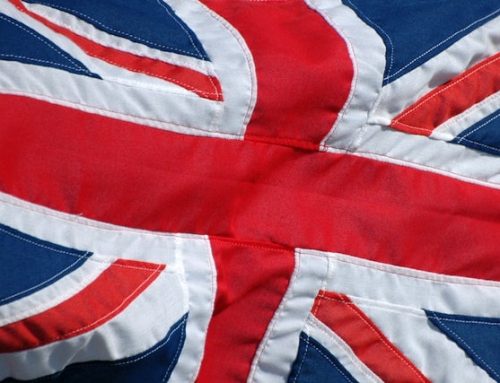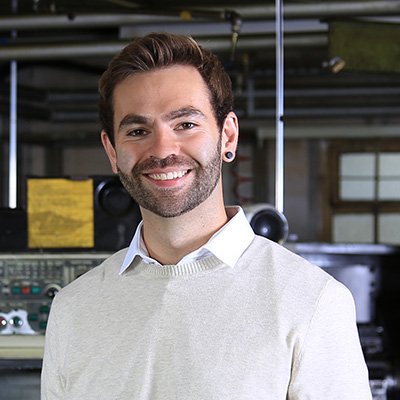Before precision engineering became common in manufacturing, the shaping of materials such as metal and plastics required constant supervision by a human operator. This would quite regularly lead to errors in the form of inaccurate measurements and inferior quality.
Thanks to advancements in computer technology and the upskilling of operators, parts and components can now be manufactured to the tightest of specifications with flawless accuracy. Computer Numerical Control (CNC) Turning is just one of the methods that has facilitated this, leading to a boom in the UK precision engineering industry.
The History of CNC Turning
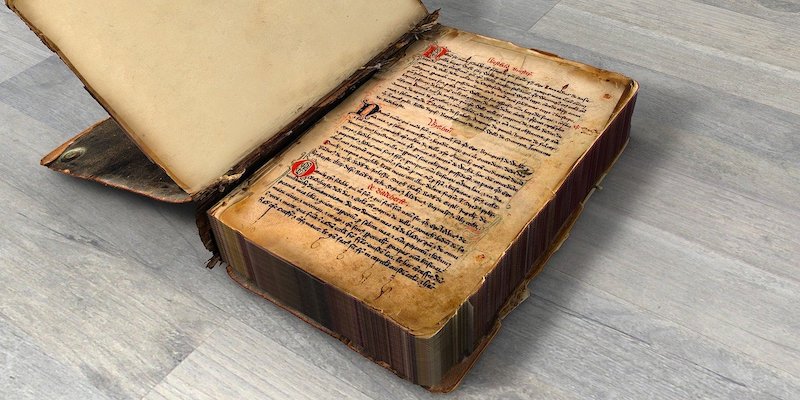
The process of CNC Turning is actually based on one of the oldest machining tools in the world, the lathe. In fact, the use of a lathe in manufacturing dates back to Ancient Egypt.
Fast forward several centuries to the late 1940s and numerical controlled (NC) machining was invented by John T. Parsons, who was working in conjunction with the Massachusetts Institute of Technology. Commissioned by the US Air Force, Parsons was tasked with finding the most cost-effective way of producing aircraft parts that fit intricate specifications. Thanks to his efforts, NC machining soon became the norm in the manufacturing industry.
Then in 1967, the idea of computer-controlled machining first started circulating. A full nine years later, the first 3D computer aided machining systems became available and within 13 years after that, CNC Turning and Machining became the industry standard.
How Does CNC Turning Work?
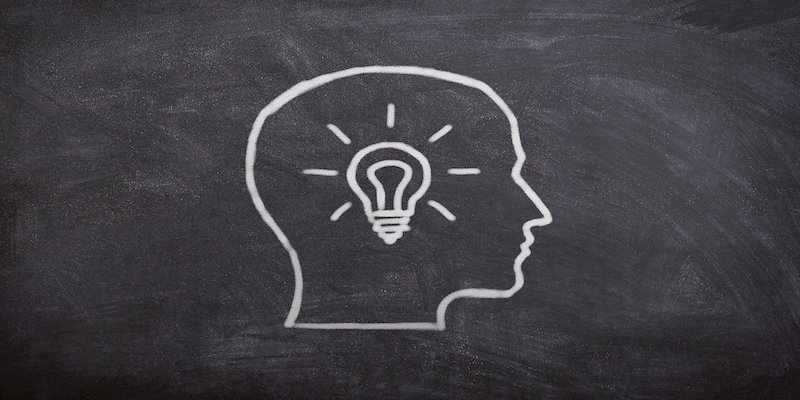
The CNC Turning process involves the raw material being secured and turned by the lathe while a single point cutting tool is moved parallel to the axis of rotation – thereby shaping the material. The exact measurements are fed into a machine via CAD software.
Once the computer has read the instructions, it controls the lathe to ensure that the parts are manufactured to the exact specifications required. This is different to conventional machining, since it is the work station that rotes rather than the cutting tool.
Because of how they operate, CNC Turning is typically used to make more cylindrical or oblong shaped components. The technique is also chosen ahead of CNC Milling and 3D printing because of its ability to produce multiples of the same component quickly and from one single piece of raw material.
Types of Lathes

There are several types of lathes used in CNC Turning. Each of them are suited for different projects.
Out of the many style of lathes available, there are four that commonplace in precision engineering workshops. Here is a brief description of what they are and what they do:
Horizontal CNC Lathes: one of the most commonly used machines in CNC Turning and grip the workpiece from the side
Vertical CNC Lathes: hold the workpiece from the bottom and spin it like a top.
Horizontal Turning Centres: enclosed CNC lathes that are able to integrate milling and drilling capabilities. They can also include things like conveyor belts and coolant flooding
Vertical Turning Centres: a combination of a horizontal turning centre and a CNC mill
Advantages of CNC Turning

When compared with manual turning, there are multiple reasons why manufacturers prefer to use computer aided technology. Not only is it more cost-effective, but it also allows for increased production speed and efficiency – meaning you can produce a lot more components in a shorter space of time.
Because of the increased level precision that CNC Turning provides, manufacturers also see a reduction in waste as they can make more out of their raw materials.
What CNC Turning Parts can be Made?
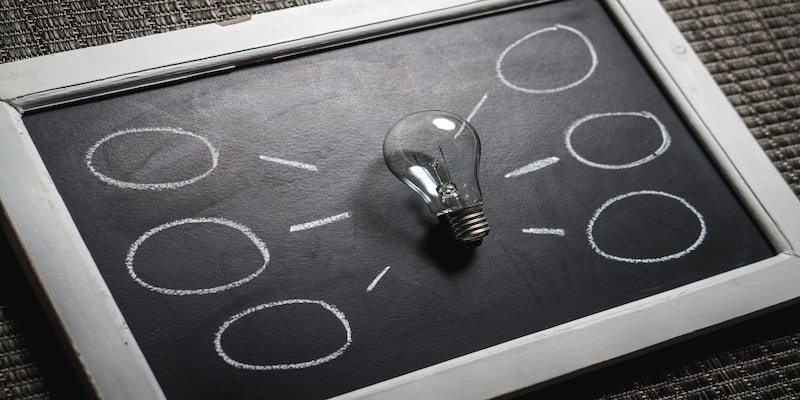
CNC Turning is an extremely versatile manufacturing process. While it is mostly associated with the automotive, aerospace and engineering industries, it can also be used to create objects like pieces of art and ornaments.
The CNC Turning parts that are most commonly created can be divided into three broad categories, which are:
Metal Components
CNC Turning parts that are constructed from metal are typically used in the automotive industry. You can manufacture components from materials such as steel, brass and aluminium.
Steel Components: CNC Turning parts made from steel are extremely economic and strong, though they are often more expensive than their aluminium counterparts. They are mainly used in the aerospace and automotive industries
Aluminium Components: These products are primarily used in the high-tech due to the material being both lightweight and strong. It is also extremely resistant to corrosion, meaning aluminum can be used for several applications
Brass Components: Items made from brass are more commonly associated with electrical contacts and hardware, plus several other commercial products. These are extremely easy to machine and are therefore very cost-effective
Acrylic Components
Modern acrylic materials are extremely versatile and can be used for a variety of CNC Turning parts. These range from highly complex machinery components for micro fluidic devices, right the way to company logos and signage. Acrylic can also be used for works of art and ornaments for the office or around the house.
Electronic Components
CNC Turning can also be used in the manufacture of printed circuit boards. Because of the increased precision offered by computer aided manufacturing, the components are extremely electronically efficient.
Get Expert Help

If you require CNC turning parts or components, EGL Vaughan can help. We are dedicated to providing the highest quality precision engineered products for a wide range of industries.
We are adept at building close working relationships with our clients, which is why they return to us time and again. We are here to assist you every step of the way, from providing you with a rapid quote right the way through to delivering your items.
Simply provide us with your measurements and we can use our CNC Turning expertise to create your parts to match your exact specifications. We can even help if you no longer have any drawings. All you need to do is provide us with an example of the component and we will use reverse engineering techniques to replicate your item. Whatever you require, EGL Vaughan can deliver.



